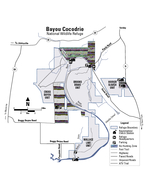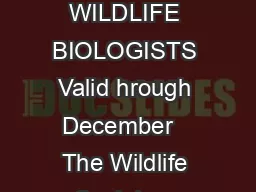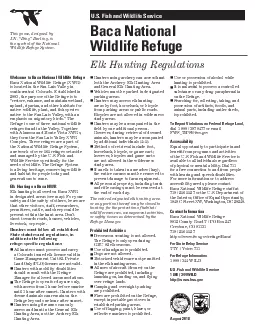PPT-Wildlife Tracker: Subsystems Design Review
Author : test | Published Date : 2017-09-24
MSD I Team P14347 Progress Report Cellphone amp Google Maps I ntegration has been researched amp found to be a viable User Module Circuitry Block D iagrams Established
Presentation Embed Code
Download Presentation
Download Presentation The PPT/PDF document "Wildlife Tracker: Subsystems Design Revi..." is the property of its rightful owner. Permission is granted to download and print the materials on this website for personal, non-commercial use only, and to display it on your personal computer provided you do not modify the materials and that you retain all copyright notices contained in the materials. By downloading content from our website, you accept the terms of this agreement.
Wildlife Tracker: Subsystems Design Review: Transcript
Download Rules Of Document
"Wildlife Tracker: Subsystems Design Review"The content belongs to its owner. You may download and print it for personal use, without modification, and keep all copyright notices. By downloading, you agree to these terms.
Related Documents





